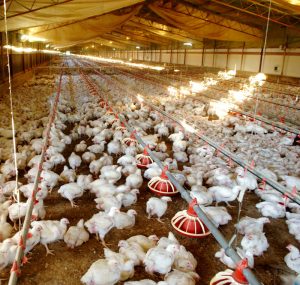Nutritional Response Models
A Comparison of Equations to Depict and Predict Nutritional Kinetics in Fast-Growing Broiler Chickens
Nine different models used in depicting nutritional response kinetics in broiler chickens were compared using lysine dose–response data from 53

experiments originating from 17 publications. The models were linear regression (LR), quadratic regression (QP), broken line with linear (BLL) or quadratic (BLQ) ascending portions, saturation kinetics (SK), a 3-parameter logistic (Log3), a 4-parameter logistic (Log4), a sigmoidal (RNB1) and an exponential (RNB2) model. All models were implemented in an Excel workbook (NRM.xls) to model weight gain responses, and the coefficients of determination (R2), sum of total residuals squared (SSR), and chi-square (Qm) were used as goodness-of-fit measures for model comparison. Results showed that Qm produced close rankings to the fitted models as compared to the R2 and SSR. The RNB1, QP, and SK were found to be the best fitting models, while LR, RNB2, and Log3 were the poorest. For these models, the number of cases in which one model was ranked as the best fitting model (or tied for best) were: RNB1 (R2 = 17/53, SSR = 16/53, Qm = 20/53), QP (14/53, 14/53, 16/53), SK (13/53, 11/53, 18/53); LR (0/53, 0/53, 0/53), RNB2 (0/53, 0/53, 2/53), and Log3 (2/53, 2/53, 3/53). There was no clear advantage to fitting any particular model to all the data sets. The BLQ, SK, Log4, and RNB1 with smooth transitions from ascending segment to plateau provided a better description of the lysine and growth relationship of broiler chickens.

